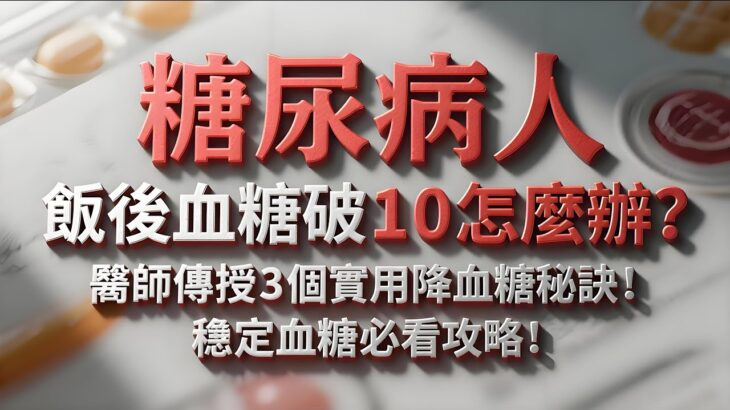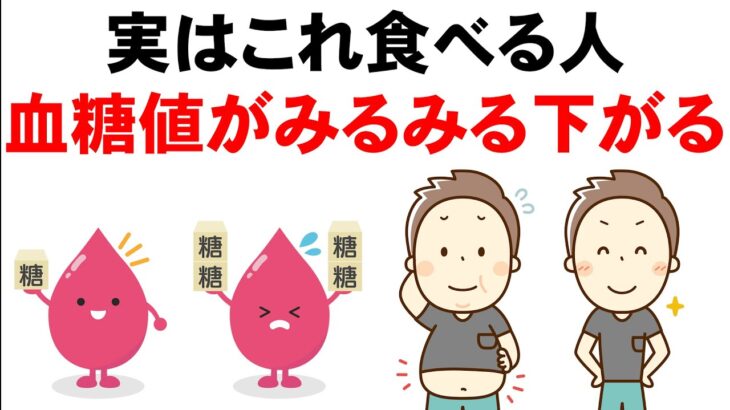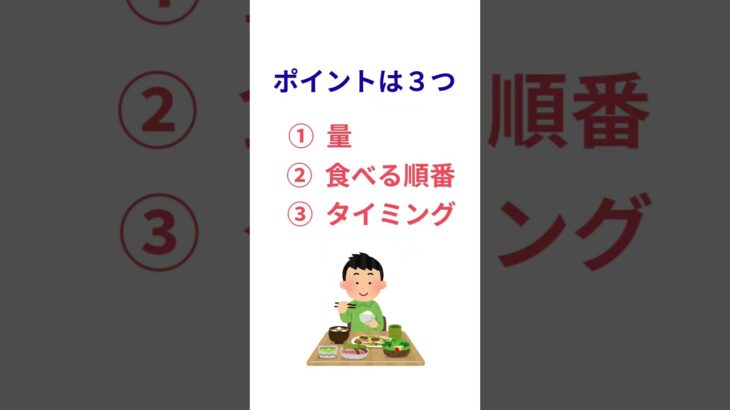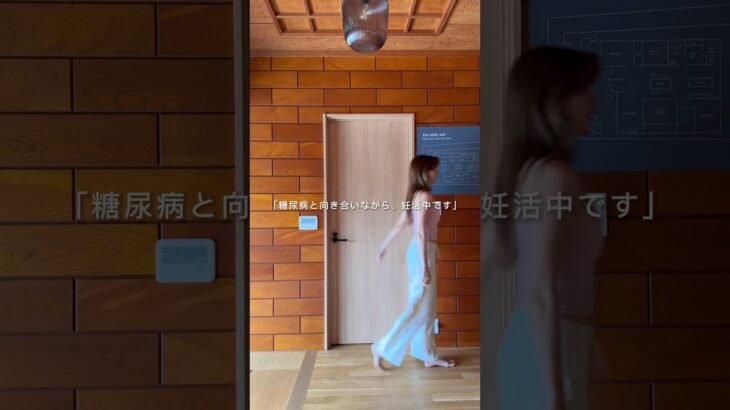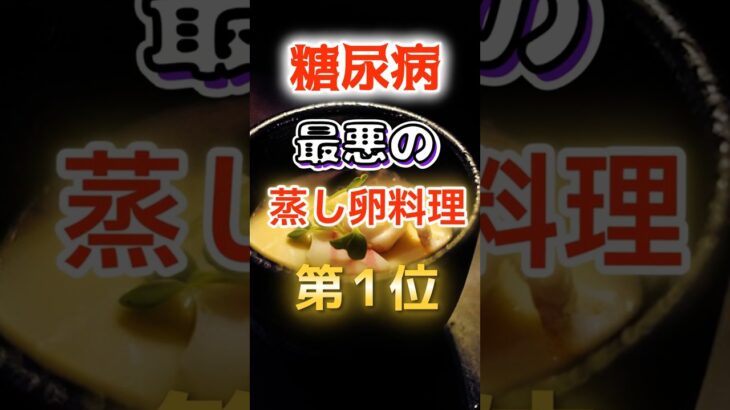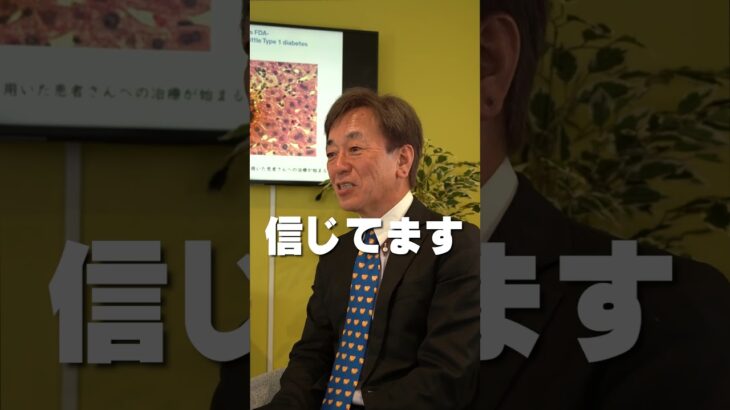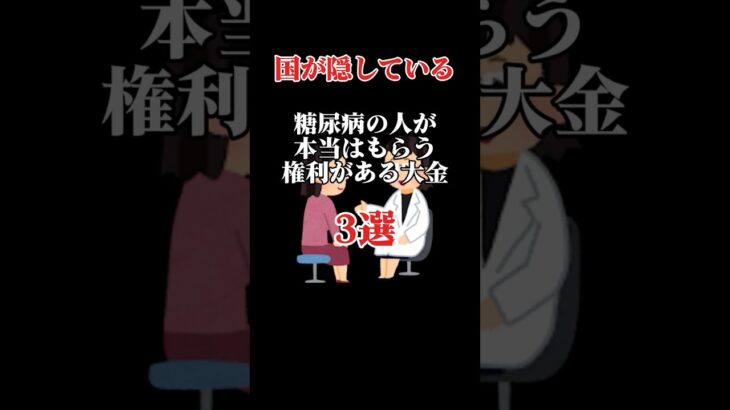#科學控糖 #生活小技巧 #健康生活方式 #運動降糖 #營養均衡 #醫學科普 #慢性病調理 #家庭健康 #健康知識 #飲食調整 #健康養生 #健康頻道
今天這條視頻可能會改變妳的血糖管理方式!如果妳或家人餐後血糖經常超過10mmol/L,千萬別錯過接下來的科學解決方案。這些方法經過臨床驗證,既能快速降血糖,又能長期改善代謝健康。
🌐【本視頻內容參考科學依據與文獻】
1. 改變進食順序(先菜→蛋白→主食)可顯著降低飯後血糖
文獻:Shukla et al. “Effect of food intake sequence on postprandial glucose, insulin and incretin secretions in healthy adults.” *Clin Nutr* 2020.
摘要:16 位健康中國成人交叉隨機試驗,比較了蔬菜、蛋白、碳水三種不同進食順序。結果表明,以“蔬菜→蛋白→主食”順序進食,可使整體餐後血糖反應(iAUC)顯著低於“主食先”組合,且伴隨更高的 GLP-1 分泌與更低的 GIP 水準。
鏈接:[https://pubmed.ncbi.nlm.nih.gov/31053510/]
文獻:Tricò et al. “Manipulating the sequence of food ingestion improves glycemic control in type 2 diabetic patients.” *Nutrition & Diabetes* 2016.
摘要:17 位2型糖尿病患者,隨機分配為對照飲食或“非碳水前置”飲食(即高蛋白/脂肪食物先於碳水)。8 周後,前者飯後血糖、HbA₁c、空腹血糖與血糖變異係數皆有顯著下降(P小於0.05)。
鏈接:[https://www.nature.com/articles/nutd201633]
2. 增加膳食纖維攝取,延緩血糖上升
文獻:Jenkins et al. “Effects of soluble fiber supplementation on glycemic control in adults with type 2 diabetes: a meta-analysis.” *Diabetes Care* 2020.
摘要:納入多項 RCT(共5,000餘例2型糖尿病患者),粘性可溶性纖維補充可使餐後2 h 血糖 iAUC 平均降低0.74(95% CI –1.00 至 –0.48),HbA₁c 降低0.63%(P小於0.00001)。
鏈接:[https://pubmed.ncbi.nlm.nih.gov/33162192/]
文獻:Esmaillzadeh et al. “Effects of dietary fiber on glycemic control and insulin sensitivity in patients with type 2 diabetes: a systematic review and meta-analysis.” *Clin Nutr* 2021.
摘要:粘性膳食纖維(β-葡聚糖、瓜爾膠等)通過增加腸道黏度延緩碳水消化吸收,元分析顯示可顯著降低餐後血糖峰值與胰島素釋放量。
鏈接:[https://pmc.ncbi.nlm.nih.gov/articles/PMC9736284/]
3. 口服降糖藥物的“黃金時機”
磺脲類
文獻:Sartori et al. “Improved effect of glibenclamide on administration before breakfast.” *Diabetologia* 1980.
摘要:6 位2型糖尿病患者對比格列本脲餐前與餐中給藥,餐前 2.5 mg 比同劑量隨餐顯著提升早餐後的血糖降低效果(P小於0.05)。
鏈接:[https://pubmed.ncbi.nlm.nih.gov/6804245/]
指南:StatPearls “Sulfonylureas” 建議:格列本脲 IR 或格列齊特 IR 餐前 30 分鐘服用,格列美脲隨餐或餐後即刻服用以減少低血糖風險。
鏈接:[https://www.ncbi.nlm.nih.gov/books/NBK513225/]
α-葡萄糖苷酶抑制劑(阿卡波糖)
指南:ADA與Mayo Clinic 建議:阿卡波糖須與第一口主食同嚼同服,以在澱粉分解之初即發揮抑制作用。
鏈接:[https://diabetes.org/health-wellness/medication/oral-other-injectable-diabetes-medications]
4. 胰島素注射時機與劑型
短效/速效胰島素
文獻:Francescato et al. “Optimal prandial timing of bolus insulin in diabetes management.” *Ther Adv Endocrinol Metab* 2018.
摘要:多項研究匯總表明,將速效胰島素於餐前 15–20 分鐘注射,可顯著降低餐後血糖高峰,提高 HbA₁c 控制;餐後注射則低血糖風險增高。
鏈接:[https://pmc.ncbi.nlm.nih.gov/articles/PMC5836969/]
NHS 指南:建議常規速效胰島素於餐前 10–15 分鐘使用,並根據碳水含量進行“碳水計算”。
鏈接:[https://www.nhs.uk/medicines/insulin/rapid-acting-insulin/how-and-when-to-take-rapid-acting-insulin/]
長效胰島素
參考:Regular insulin 與 NPH/甘精/地特胰島素可在任何固定時段每日一次,但短效胰島素需根據餐前高峰適時調整,詳見 Wikipedia “Insulin (medication)”。
鏈接:[https://en.wikipedia.org/wiki/Insulin_%28medication%29]
5. 飯後運動:晚餐後 1 小時有氧+抗阻最有效
文獻:Casuso et al. “The Effects of Postprandial Walking on the Glucose Response after Meals with Different Characteristics.” *J Nutr Metab* 2022.
摘要:21 名健康志願者隨機交叉試驗,餐後 30 分鐘快走 30 分鐘,可顯著降低血糖峰值(p小於0.01),不同碳水攝入條件下均有效。
鏈接:[https://pubmed.ncbi.nlm.nih.gov/35268055/]
Meta-analysis:Karstoft et al. “After Dinner Rest a While, After Supper Walk a Mile? A Systematic Review and Meta-analysis.” *Sports Med* 2022.
摘要:聚合 27 項研究,飯後運動相比飯前或無運動,能更顯著地降低餐後血糖 AUC(Hedges’ g=−0.271;p小於0.05),且持續時間 大於30 分鐘效果更佳。
鏈接:[https://link.springer.com/article/10.1007/s40279-022-01808-7]
⚠️【本視頻內容僅供參考,不能替代專業醫療建議,如有健康問題請咨詢執業醫師】
